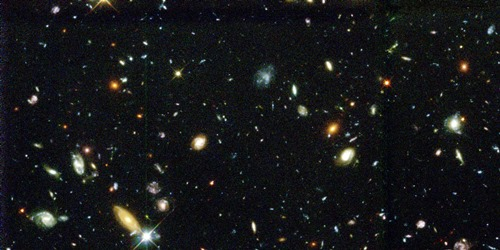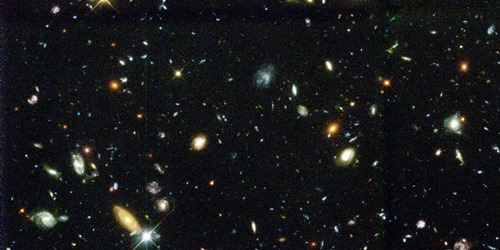Dark Energy Solution for Hubble Tension
The rate at which the Universe expands, described by the Hubble constant, has long been a difficult quantity to nail down. The two current strategies for determining the Hubble constant are in conflict, and this tension only seems to get worse after each data release. A new theory suggests that the solution could be to add an extra type of dark energy that would have briefly sped up the Universe a long time ago before galaxies appeared.
The Hubble constant can be found “locally” by measuring the speed at which an object (usually a supernova) is moving away from us and dividing by its distance. Another way to estimate the Hubble constant involves extrapolation of data on the early Universe from the cosmic microwave background (CMB). While the two techniques produce similar estimates, the values are separated by a statistically significant 4 sigma.
In deriving the CMB estimate, researchers have assumed a “standard” cosmological model, in which the density of dark energy is constant through time. To resolve the Hubble tension, Marc Kamionkowski of Johns Hopkins University, Maryland, and colleagues imagined a second contribution to the dark energy coming from a so-called scalar field that has a time-varying energy density. Focusing on types of scalar field potentials, the team determined parameters of these potentials that could give just enough acceleration in the early Universe to bring the CMB estimate of the Hubble constant in line with the local measurement. The researchers predicted that the brief acceleration from this scalar field could produce subtle, but detectable, signatures in the CMB that future surveys might observe.
This research is published in Physical Review Letters.
–Michael Schirber
Michael Schirber is a Corresponding Editor for Physics based in Lyon, France.





